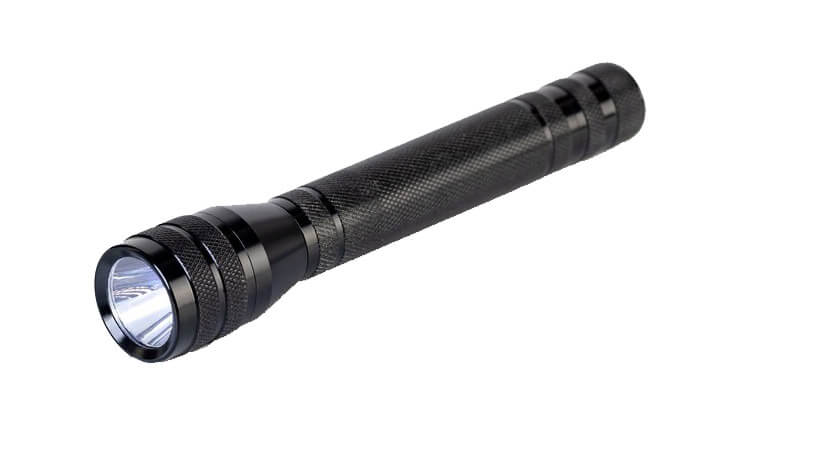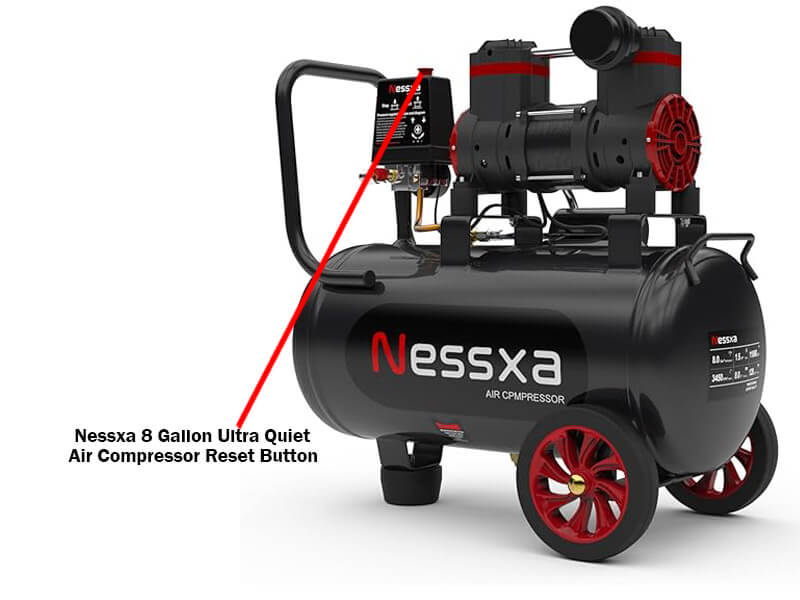Air compressors serve as necessary tools for home and professional work. Your compressor will likely need a quick reset to fix issues including overheating, power surges, or tripped circuits. Knowing how to reset air compressor helps both new and experienced users save time and avoid expensive fixed costs. You will learn to reset your compressor through straightforward steps.
Tools You Might Need
| Flashlight |  |
| Gloves |  |
| Screwdriver |  |
| User Manual for Air Compressor: | Each air compressor model is different. Your device’s user manual has special guidance for your device model and helps solve problems you might encounter. |
Step 1: Turn Off and Unplug the Air Compressor
Safety comes first! First, ensure your air compressor is completely off then unplug the power connection. This safety measure safeguards you from power-related risks throughout equipment use. Starting a compressor by chance when it contains pressurized air can produce serious risks to personal safety.
Unplug the compressor only when it reaches safe operating temperature after a prolonged work session. A complete power-off check forms an essential safety measure when you start the reset process.

Step 2: Locate the Reset Button on the Compressor
All air compressors have a reset button that may be difficult to locate. You usually find the reset button near the motor housing or control section of your machine. Use your air compressor manual guidance to find the reset button. Be sure to remove any dirt from the reset button’s surface before you use it.
Before resetting your compressor you must take off any safety shields or additional security covers that protect access to the reset button. Ensure you can easily use the button while getting ready for the following action.

Step 3: Press and Hold the Reset Button
Press the reset button hard for 10–15 seconds until you see results. A fifteen-second button press resets the internal compressor controls and addresses trivial system problems. The reset button on a thermal overload protected compressor will re-engage the circuit.
Keep pressing the reset button steadily until the full time requirement is met. When you let go of the button you will hear a click to confirm the reset was completed.
Step 4: Reconnect the Power and Restart the Compressor
Reattach the air compressor to its power source when you finish the reset process. Watch how the compressor performs once you power it up. Watch now to see if the reset fixed the problem. Watch for power lights to turn on as you listen for the standard startup sound.
If everything appears to be working fine, you’re almost done! A deeper problem exists in the compressor system when it does not start up normally or when abnormal power indicators appear such as flashing lights or complete power failures.
Step 5: Test the Compressor Under Load
Check your compressor’s capabilities by using the tools or applications it powers. Watch for unusual sounds and movement while the compressor runs its task. Measure if the pressure gets to the needed level and stays there when working. After this test you can tell if the system reset worked to fix things or if you should look into other options.
Check for leaks and electrical problems as well as potential motor issues if the compressor still keeps displaying problems. Regular service checks decrease the number of times you must perform future resets.
Common Problems After Reset
- Compressor Not Starting: Check the electrical connection and also verify if you pushed the reset button properly.
- Unusual Noises: When you hear unfamiliar noises your equipment likely has components that need attention due to wear or lack of proper fastening. Put additional grease on moving parts and secure all visible bolts.
- Loss of Pressure: Inspect the tank and hoses for leaks. Secure all connections and replace any damaged equipment in the system.
- Frequent Tripping: Power supply problems or overloading circuits often cause the compressor to stop working repeatedly. Use a dedicated power source.
Tips for Preventing Recurring Resets
- Maintenance: Make it a habit to examine your filters, oil reserve, and hose connections frequently.
- Monitor Power Supply: Place surge protectors near your equipment to protect it from electrical problems.
- Avoid Overuse: Give the compressor breaks while using it continually to maintain its normal operating temperature.
Conclusion
You can reset an air compressor easily once you follow the right steps. This guide shows you the right steps to bring your compressor back to life safely while keeping it working effectively. By keeping up with required maintenance steps and using your compressor correctly you can minimize resets and extend its lifespan as a reliable work tool.
FAQ’s
How often should I reset my air compressor?
Your air compressor needs a reset most often when it shuts down unexpectedly or when manufacturer guidelines specify so.
What steps should I take if my air compressor does not have a reset button?
See the operation manual for extra repair instructions. Some models may require manual power cycling.
Can frequent resetting damage my air compressor?
Regularly resetting your air compressor can wear down both the motor system and supporting components. Address the root cause to avoid repeated resets.
How can I improve the lifespan of my air compressor?
Regular maintenance plus avoiding excessive loads and proper capacity usage will help extend the life of your air compressor.


